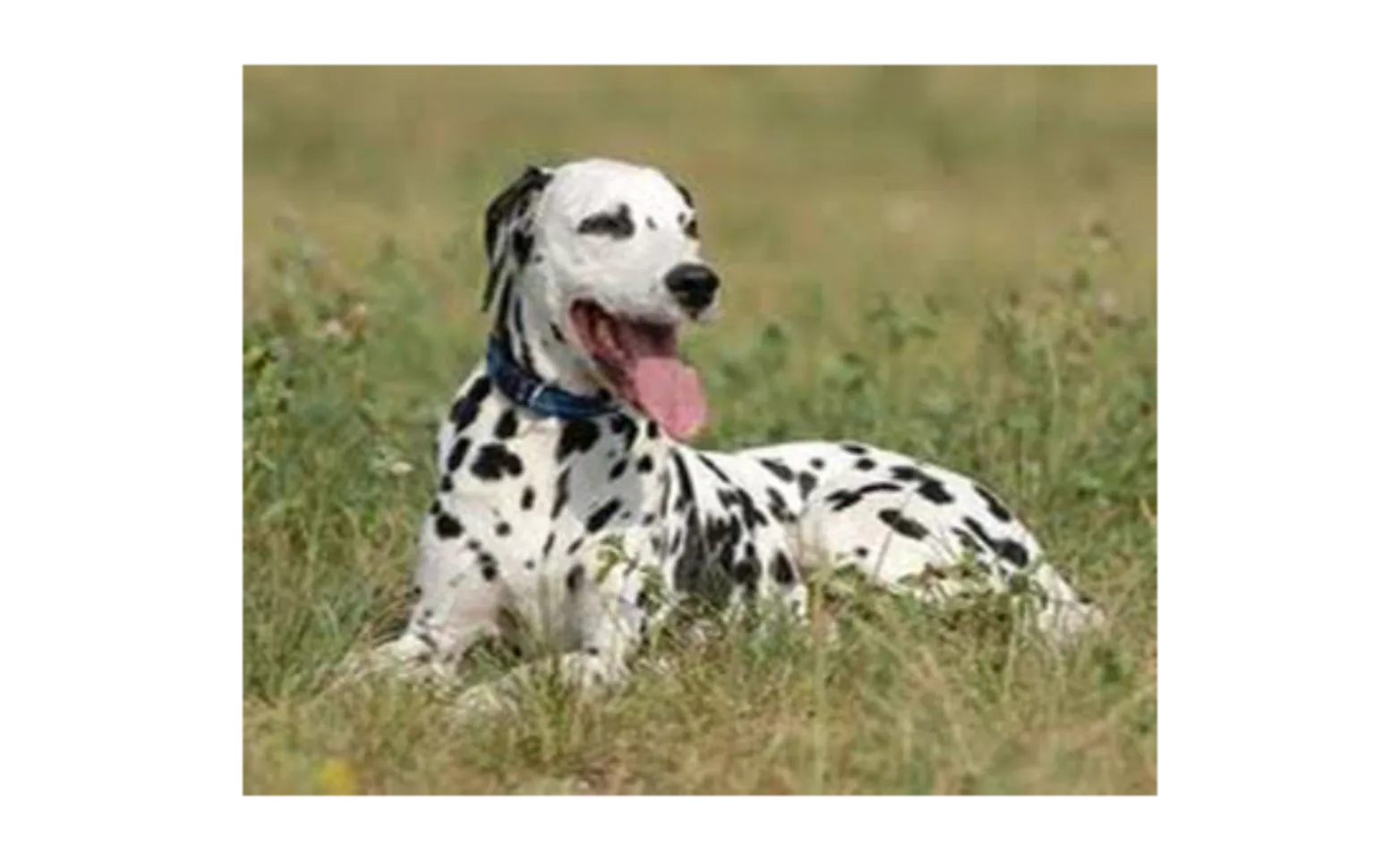Dallas Veterinary Surgical Center

Perineal hernias are primarily diagnosed in older, intact male dogs. They remain a challenging and common clinical problem. With chronic straining due to an enlarged prostate, the muscles of the pelvic diaphragm become fatigued and atrophied, and allow herniation of the rectum and surrounding tissues. Most herniations are located in either the left or right perineal region but can be bilateral. Clinical signs include tenesmus, and the presence of a soft, fluctuant swelling adjacent to the anus.
At the Dallas Veterinary Surgical Center, we correct perineal hernias by transposition of the internal obturator muscle. The muscle is elevated from the floor of the pelvic canal, and rotated alongside the rectum, thereby covering the hernial defect. The internal obturator is then sutured to the anal sphincter levator ani, and coccygeus muscles. Once the internal obturator is sutured into place, it may be reinforced by the application of a piece of polypropylene mesh. With this technique, the recurrence of the hernia is minimized. Castration is also performed to reduce prostate size and incidence of recurrence.
